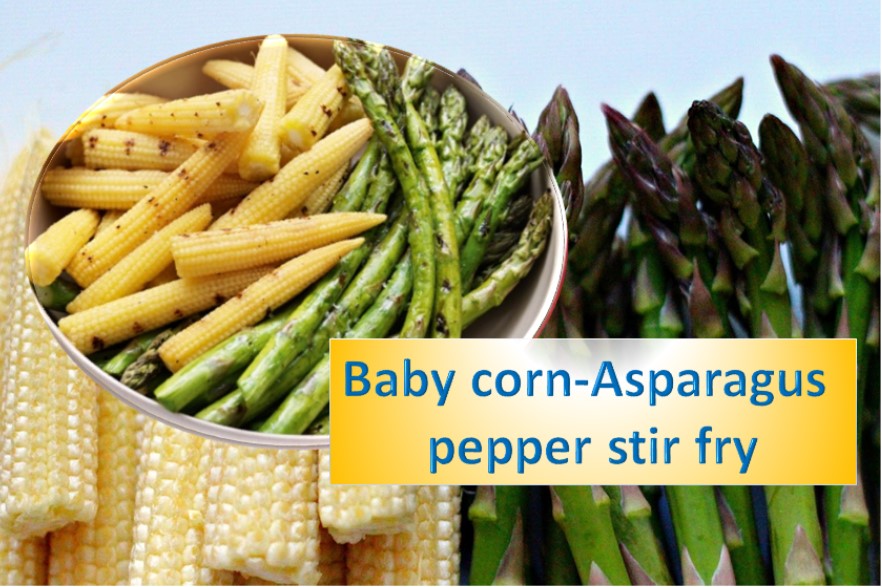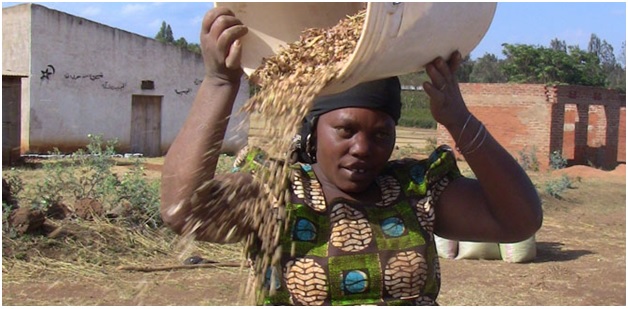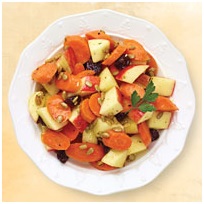
Microplastic contamination in Sea salt
What goes around, comes around. We all know how our earth and oceans both are piled up with plastic. The land, the sea, river, tap water and now salt all are contaminated with microplastic. While sprinkling salt on our dishes one should now start wondering how much plastic particles we could be consuming?
Recent studies showed presence of microplastics in samples of tap water all over the world. Previous report in Environment and technology says that sea salts might contain microplastic because plastics are
Sherri Mason, Professor of Chemistry at state University of New York Fredonia, reported microplastic levels in various food and beverage products.
This included various brands of beer, drinking water, 12 brands of salts including 10 sea salts. Mason had concluded that on an average Americans could be consuming up to 660 particles of plastic annually. This number may be more than 660 considering that 90 percent of Americans are consuming too much sodium (in the form of salt as reported by CDC).
Earlier in 2015 a research group (in 2015) from Donghua University and State Key Laboratory of Estuarine and Coastal Research, China Tested 15 brands of sea salts, lake salts and rock/well salts from supermarkets throughout China. The results showed microplastic content in sea salt =550-681 particles/kg, 43-394 particles/kg in lake salts and 7-204 particles/kg in rock/well salts.
Results indicates that microplastic pollution is heavy in abiotic sea products. In sea salts, fibers and plastic fragments were prevalent types when compared to pellets and sheets. The presence of microplastics polyethylene terephthalate followed by polyethylene and cellophane in sea salt is more abundant compared to lake and rock/well salts. Of the 16 several brands that came from Australia, France, Iran, Japan, Malaysia, New Zealand, Portugal and South Africa were tested for microplastics. And only one brand of salt from France reported to lack any plastic contamination.
What adverse effect microplastic from salt could have on humans? The United Nations has declared plastic pollution a threat to human health. No exhaustive studies have been completed that can give us a clear idea about long-term risk of plastic consumption to human body.
What goes around, comes around. Each year humans dump nearly 13 million metric tons of plastic into the ocean. At present the amount of microplastic might be low and may not have impact on our health. However, if we keep increasing the plastic usage and dump it in earth and water then we should expect that we are contaminating sea food and salt heavily. These microplastic fibers eventually enters our body and pose health problems – what type – we don’t have answer yet.
References:
- http://www.triplepundit.com
- http://www.zmescience.com
- https://www.rodalesorganiclife.com
Photo by Quang Nguyen Vinh from Pexels (Free for commercial use)
Author: HealthyLife | Posted on: September 19, 2017
« Who Owns Seeds? Is It Farmers Or Industrial Giants? Issues surrounding GM Mustard commercialization in India »








